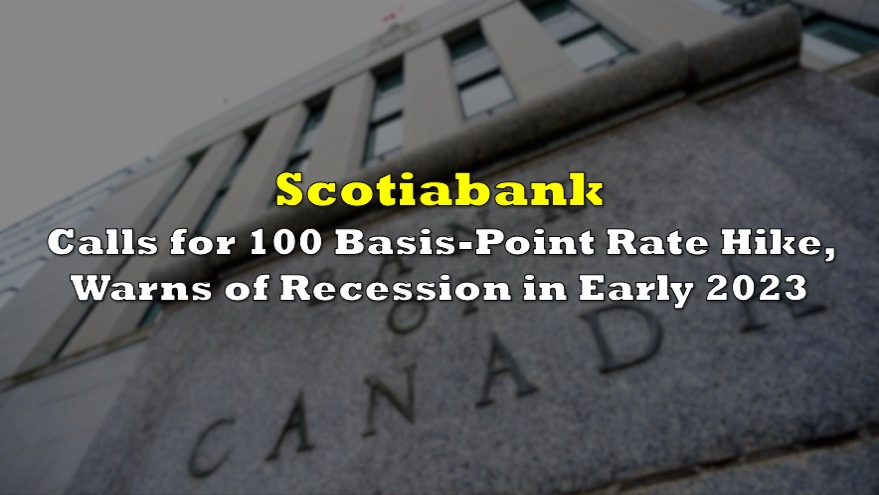The Bank of Nova Scotia (TSX: BNS), commonly known as Scotiabank, reported a dip in its fiscal third-quarter earnings for 2024, highlighting the ongoing pressure that Canada’s major financial institutions are under as they navigate the complexities of a challenging economic landscape. The bank’s results reflect the broader trends in the Canadian banking sector, where rising interest rates and increased provisions for credit losses are playing a significant role in shaping financial outcomes.
Scotiabank’s net income for the third quarter ended July 31, 2024, dropped to $1.91 billion, or $1.41 per share, down from $2.19 billion, or $1.70 per share, a year earlier. This decline represents a significant contraction in profitability, driven largely by the bank’s need to set aside more funds to cover potential loan defaults—a direct consequence of the economic strains faced by borrowers.
In line with analysts’ expectations, Scotiabank’s adjusted earnings came in at $1.63 per share, down from last year’s $1.72 per share, slightly surpassing the consensus estimate of $1.62 per share. While this modest outperformance might suggest resilience, the broader picture reveals underlying challenges that the bank continues to grapple with.
Despite the drop in net income, Scotiabank reported an overall revenue increase to $8.36 billion, up from $8.07 billion in the same quarter last year. However, this figure fell short of analysts’ projections, which had anticipated revenue of $8.53 billion.
Net interest income rose by 6.3% to $4.86 billion, driven by higher interest rates, while non-interest revenue saw a marginal increase of 0.2%, reaching $3.5 billion.
The bank’s provision for credit losses (PCL) climbed to $1.05 billion, marking an increase of $45 million from the previous quarter and $233 million year-over-year. This rise was primarily attributed to higher provisions on impaired loans, especially within Scotiabank’s international banking retail portfolios, with notable impacts in Colombia, Chile, and Peru. Additionally, increased provisions in the Canadian retail portfolios, particularly in auto loans and credit cards, further contributed to the higher PCL.
The rise in credit-loss provisions at Scotiabank is reflective of a broader trend among Canada’s largest banks, which are bracing for the potential fallout from higher interest rates. While the Bank of Canada has made two cuts in its policy rate this year to combat inflation, the economic environment remains challenging for many borrowers, leading to increased risk of loan defaults.
Scotiabank’s Common Equity Tier 1 capital ratio, a key measure of financial strength, stood at 13.3% at the end of July 2024, up slightly from 13.2% in the prior quarter. This ratio remains well above the regulatory minimum of 11.5%, underscoring the bank’s solid capital position even as it navigates a more volatile economic environment.
Amid these challenges, Scotiabank is making strategic investments to bolster its presence, particularly in the U.S. market. Earlier this month, the bank announced a $2.8 billion investment to acquire a nearly 15% stake in KeyCorp, a regional U.S. lender. This move is seen as a strategic expansion, offering Scotiabank greater exposure to the U.S. retail banking sector, which could provide a more diversified revenue stream.
Scotiabank last traded at $65.60 on the TSX.
Information for this briefing was found via Sedar, MarketWatch, Yahoo Finance, and the sources mentioned. The author has no securities or affiliations related to this organization. Not a recommendation to buy or sell. Always do additional research and consult a professional before purchasing a security. The author holds no licenses.









